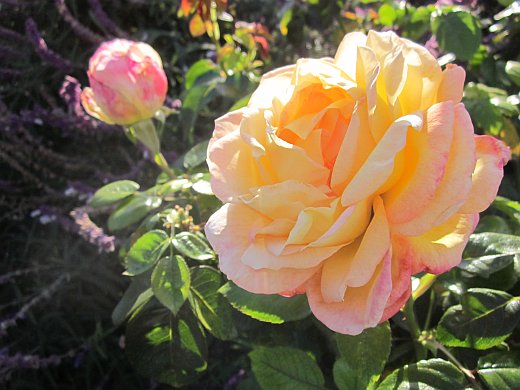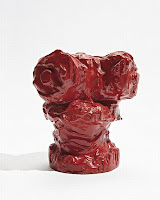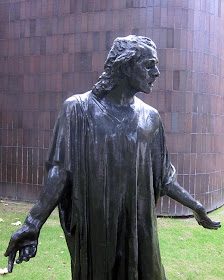 |
| The Powerpuff Girls in 'Twas the Fight Before Christmas (2002) |
It's been a couple of weeks since our last Wrap, but, since the posts have been coming at a slow pace, a result of holiday activities and poor health, there really hasn't been a need, when simply scrolling down the front page would reveal all that had been posted in the ensuing period.
But tonight we'll catch up on the situation. Moreover, we'll take note of Paideia's 400th post!!! Woo hoo!!! I've had a lot of fun writing on this blog. Hopefully, you've also enjoyed the journey to 400. :-)
I'm expecting the upcoming month to continue at a leisurely pace, perhaps ten posts per week. Family and friends and "holiday/year end" social functions will be cutting into my writing time. I might do a few more photo posts to keep up an engaging daily schedule. Whatever the situation, I hope we'll have a great time.
 |
| Jack Skellington, the Pumpkin King, from The Nightmare Before Christmas |
Here are the posts since our last Wrap:
We've had two Friday Flowers posts, Peruvian lilies and All-America roses.
We visited many locations including Downtown Disney and Riverside's Mission Inn.
Regarding arts and entertainment, we celebrated the birth date of Russian ballerina, Alexandra Danilova. We also paid a quick visit to the Torrance Art Museum to view the South Bay Focus exhibition. Our monthly Dance Party featured a fun mix of songs from over four decades.
Two posts celebrated animation. First, we enjoyed some cartoon thrills with the Powerpuff Girls. Then, we fondly reflected on the Toy Story series.
A traditional wooden sailing vessel off the coast of Hermosa Beach caught our attention for an "Image of the Day" post. Then we celebrated Thanksgiving. Woo hoo!!!
Until next time, here's your weekly weird.
 |
| Nothing spreads the Christmas spirit like an elf on a cannon. Ho Ho Ho!!! |
Enjoy!!!














































